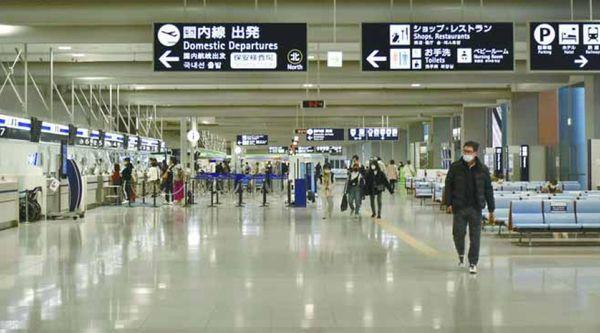Wu Handong
Zhongnan University of Economics and Law
Abstract:The theory and practice of intellectual property law in China have gone through a process of transplantation, introduction, self-reliance and innovation. In the past 40 years of reform and opening up, starting from basic national conditions and development needs, China has correctly grasped institutional attributes and functions, shaped legal value objectives,constructed operational mechanisms for the rule of law and development, proactively carried out institutional transformation and reconstructed the spirit of law, thus achieving the localization of intellectual property law. At the same time, China has been active in responding to the issues of pluralism, stages, risk and non-modernity in the development of legal modernization and has promoted the development of the knowledge economy through institutional innovation in intellectual property; at the same time, it has effectively coped with the issues of diversification, fragmentation and unilateralism in the course of legal integration and has participated in the construction of a global governance system for intellectual property, thereby providing a new impetus for the international protection of intellectual property. On the basis of the sinicization or localization of intellectual property law, China has found its own means of achieving the modernization of law and its own road to the choice of legal integration. The basic orientation of its legal changes offer rich innovative connotations and a clear practical direction.
Keywords:intellectual property, legal change, localization, sinicization, modernization,integration

- 1 Globalization of Services in the Inte...
- 2 The Rise and Impact of Financial Capi...
- 3 The Consumption-Driven Effect of Plac...
- 4 Criminalization and the Improvement o...
- 5 Adaptive Social Mobilization in Grass...
- 6 Publicness: The Basis of Constructing...
- 7 SPECIAL ISSUE: POPULATION DEVELOPMENT...
- 8 Childcare Policy in China: Review, Re...
- 9 China’s Low Fertility Rate from the ...
- 10 Strategic Changes and Policy Choices ...


